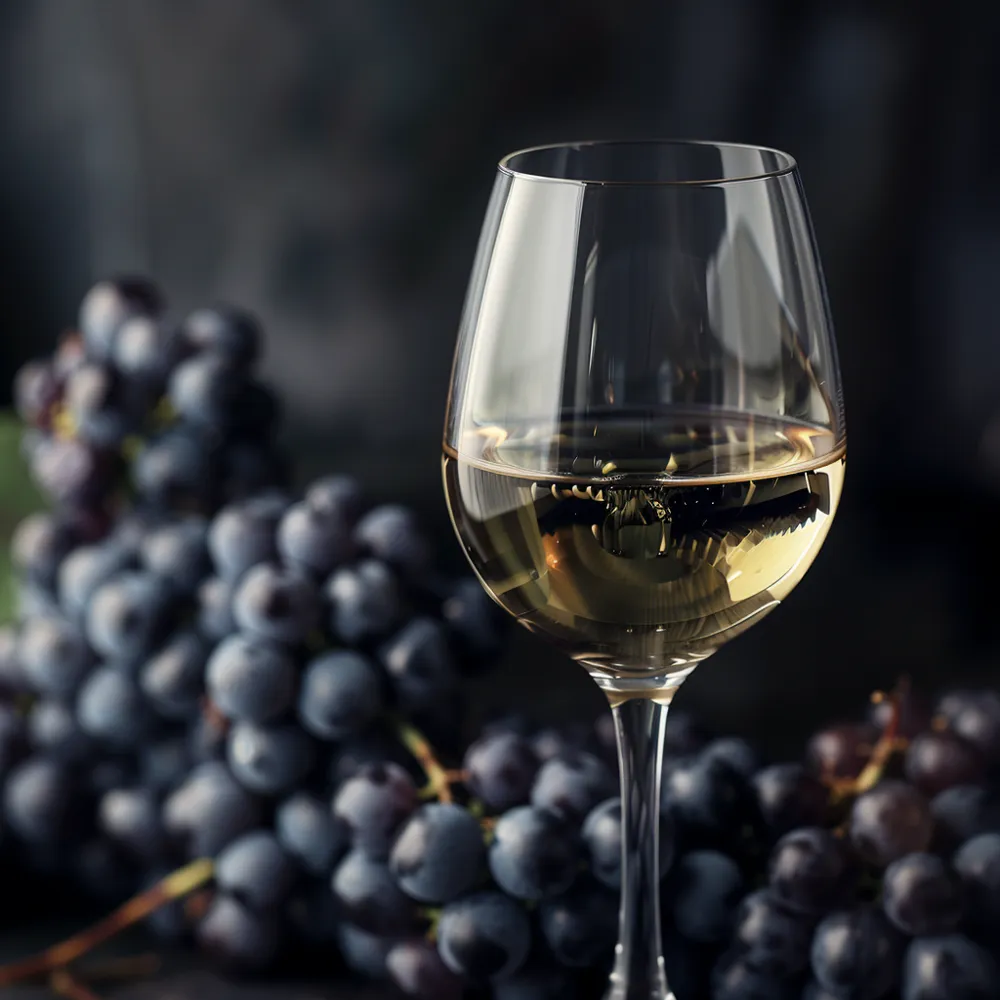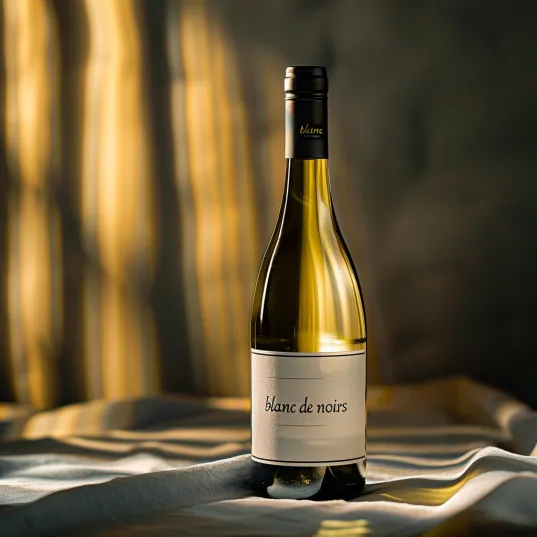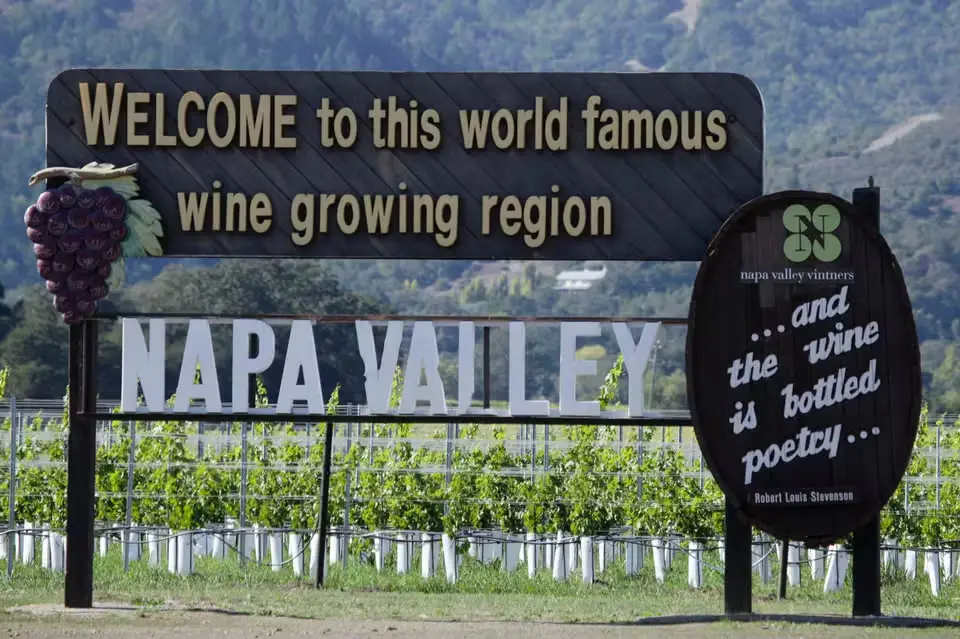Still Blanc de Noirs Wine: The Next Popular Trend?
Often found on the label of a Champagne bottle, Blanc de Noirs refers to white wine made from red grape varieties. A common practice in sparkling wines, not only in Champagne, is to do so. However, in the world of still wines, the production of white wine from red grapes, though rare, does exist.
Recently, Blanc de Noirs wines have become popular in Europe, America, and Asia. They come in different styles, from simple and easy to drink to complex and deep, appealing to specific wine lovers. As a mirroring variation in the winemaking process to orange wine, the macerated white wine, will Blanc de Noirs still wine replicate the global sensation of orange wine and become the next popular trend?

All That Exists Is Rational
If orange wine is a sort of Renaissance of ancient white winemaking and perhaps to add a layer of character to non-aromatic, neutral white grape varieties, you may ask, what makes winemakers produce Blanc de Noirs still wine? Initially, it was likely a choice led by the market.
The way of vinifying red grapes into white wine, called vin gris (grey wine), originates from the Champagne region, before the intervention of sparkling Champagne.
The choice of using this method to produce white wine was because white wine made from white grapes was too plain and tasteless, and red wine, on the other hand, was light in color and with unpleasant green notes. By the 17th century, vin gris became popular and later became the base wine of sparkling Champagne.
Today, the market trend is still the main reason for producing Blanc de Noirs still wine. With the rise in the popularity of white wine worldwide, Blanc de Noirs still wine allows traditional red wine regions to produce white wine. In regions where red grapes account for the majority of the production, such as Ahr in Germany, Oregon in the United States, Tuscany in Italy, Naoussa in Greece, and Argentina, Blanc de Noirs still wine is a fresh presence among the "sea of red."
Winemakers make Blanc de Noirs to add more white wines to their portfolio, meeting the market demand for the "white wine craze." Some lesser-known red varieties, such as Dornfelder in Germany and Blaufränkisch in Austria, are difficult to market as red wines but gain attention more easily when produced in the Blanc de Noirs style.
Aside from the market trend, Blanc de Noirs wines can be a consideration to avoid economic losses, especially when the red grapes are not suitable for making quality red wines. Some wineries use less ripe red grapes to produce white wine, as the process helps to avoid the unripe tannins and green-ish flavors of the skin into the wine.
Takahiko-Soga winery in Hokkaido, Japan, produces Blanc de Noir using botrytis-infected Pinot Noir grapes. In California and Oregon, winemakers make Blanc de Noirs wines to avoid the smoke taint caused by wildfires.
Additionally, making Blanc de Noirs still wine can help reduce alcohol levels in the context of global warming. Blanc de Noirs can be picked sooner since it doesn't need fully ripe red grapes. This makes wines with less alcohol.
A Red Wine in Disguise?
How does the taste of Blanc de Noirs still wine differ from regular white wine? Generally speaking, Blanc de Noirs has a rounder and ample mouthfeel with a fuller body, but keeps the vibrant acidity, with notes of candied apple, ripe orchard fruits, and red berries being prominent. Some may say, in the blind tasting, still Blanc de Noirs tastes more like rosé or red, rather than white.
Of course, the style of Blanc de Noirs still wine depends on the grape variety and winemaking techniques. Among the red varieties, Pinot Noir is the most commonly used to produce Blanc de Noirs still wine. It exhibits a smooth texture, refreshing acidity, and subtle red fruit flavors, reminiscent of a Blanc de Noirs Champagne without the bubbles.
Besides Pinot Noir, other thin-skinned red grapes such as Sangiovese are also becoming common in white wine form. But even darker grapes like Cabernet Sauvignon or Aglianico can also be used for white wine. Some wineries also make white wine with a blend of red and white grapes.
A monk from the Champagne region in the early 18th century recorded the way of making high-quality vin gris: controlling yields and enhancing quality through pruning; harvesting in cool conditions, selecting small-berried clusters, and avoiding mixing with white grapes; preventing crushed fruit during transportation to avoid coloration of the juice; carefully removing stems before pressing; using the free-run juice and first and second press juices for vin gris.
Many of these principles are still followed today, such as avoiding crushed fruit and gentle pressing. Most wineries now choose to use whole-cluster pressing, where stems serve to channel and guide the flow of juice, allowing for a quicker separation from the grape skins and pulp.
Many Faces of Blanc de Noirs Still Wine
The purpose of making still Blanc de Noirs wine and fruit quality distinguish between the easy-drinking style and the age-worthy, complex style of the wine. For any type of wine, a meticulously cultivated and perfectly ripe fruit will produce a more concentrated and complex wine than fruit with inherent flaws.

Filippo Mangione, the vigneron of Ayunta in Etna, Sicily, made a refreshing, easy-drinking Blanc de Noirs with red grapes Nerello Mascalese explained why he decided to make this wine. “We have a lot of red grapes but a very small amount of white grapes on the northern slopes of Etna. For me, the white grape Carricante has great potential to make complex, age-worthy wine, so I use it for a higher level, more serious wine. That's why I make a straightforward, fresh, more for casual drinking white wine with my red grapes.”
But not all still Blanc de Noirs are this case. Some winemakers select the red grapes from the best parcels to make white wine, just in the search for a different expression of the grape. In Ahr, Germany, the renowned Jean Stodden Pinot Noir from the Grosses Gewächs (Grand Cru) vineyard produces Blanc de Noirs still wine.
Similarly, in Medoc in Bordeaux, Julien Meyre, the owner of Chateau Cap Leon Veyrin, Cru Bourgeois, created a Blanc de Noirs from Cabernet Sauvignon growing in a historic parcel with exceptional terroir, No. 353 he inherited from his grandfather, to look for a different expression of the king of red grapes, and for his love of heavy metal.
While most still Blanc de Noirs ferment and age in neutral containers, being bottled and released within a year, Domaine Danjou-Banessy, a winery in Roussillon in southern France, makes the white wine from century-old vines of Grenache Noir, Blanc and Gris, and aged it in oak barrels for 20 months, resulting in a more traditional style.
Currently, Blanc de Noirs still wine remains somewhat niche but holds significant potential and is worth paying attention to. With the popularity of white wine and the challenges imposed by climate change, it rises as a way of adapting to the ever-evolving wine scene.
Perhaps with more wineries exploring the option of making white wine with red grapes, we will see a future for this niche. Do you think Blanc de Noirs still wine is the next popular trend in the wine market?
Sylvia Ba



